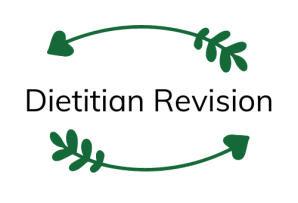The International Dysphagia Diet Standardization Initiative (IDDSI) was developed for consistency of dysphagia diets across the globe. Prior standardization efforts have been ineffective.
Many facilities and practitioners continue to use varied terminology when referring to dysphagia diets. This can lead to patient and caregiver confusion.
This article will explain IDDSI diet levels, framework and pros vs cons.
*This article contains affiliate links. I may earn a commission from qualifying purchases at no extra cost to you.
What is Dysphagia?
Dysphagia is the medical term for difficulty swallowing. It can be caused by a variety of reasons and greatly impacts nutritional status in the elderly.
Dysphagia can lead to choking, aspiration pneumonia, malnutrition, poor quality of life, muscle wasting, dehydration, and more.
Read Dysphagia Diet: The Basics to learn more about dysphagia.
Mechanically Altered Diets
Altering the texture of food and fluids can make swallowing easier and safer. While this leads to safer intake, it can be less appealing visually and to taste.
Texture modified diets tend to have different names across various healthcare settings and providers. This can lead to confusion for families and caregivers.
IDDSI was created to fill this gap by providing one consistent set of terminology.
What is IDDSI?
The International Dysphagia Diet Standardization Initiative was developed to promote globally standardized language and procedures for providing altered textured food and fluids.
Having universal language for altered diets and thickened liquids can improve safety and continuity of care across various settings.
The IDDSI framework attempts to provide the safest, yet least restrictive foods and beverages to dysphagia patients.
IDDSI Levels
Patients with dysphagia are assessed by a speech language pathologist (SLP) to determine appropriate texture of foods and liquids. The IDDSI diet levels range from 0 to 7 on a continuum.
Food
Fluids
- 7 Regular/easy to chew
- 6 Soft and bite sized
- 5 Minced and moist
- 4 Pureed
- 3 Liquisied
- 4 Extremely thick
- 3 Moderately thick
- 2 Mildly thick
- 1 Slightly thick
- 0 Thin
Level 7: Regular
This is a regular diet without any texture modifications.
Level 7: Easy to Chew
These are typical, daily foods that are naturally softer in texture. Hard, tough, fibrous, chewy, stringy, or crunchy foods should not be served. Meats and vegetables should be cooked until tender.
Foods should be able to be broken apart with pressure from a fork, spoon, chopstick, or fingers.
Adequate chewing and bolus formation without tiring is required for this level.
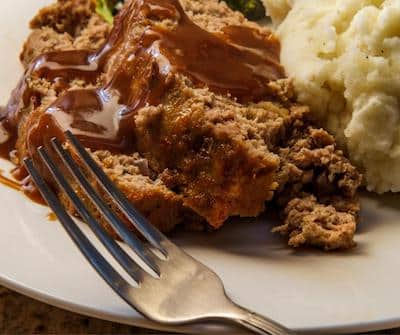
Level 6: Soft and Bite Sized
Foods should be served “bite sized” and be able to be mashed with the pressure from a fork, spoon, or chopsticks. A knife should not be needed for cutting.
Chewing ability is required, however biting is not. Foods served should be about the size of a thumb nail.
Fibrous parts of fruit, stir fried vegetables, lumpy foods, dry bread, sandwiches, and toast should not be served.
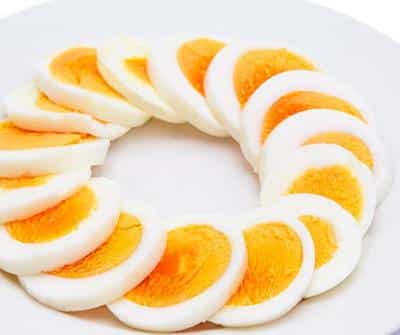
Level 5: Minced & Moist
Minced and moist foods can be eaten with a fork or spoon and easily scooped into a ball. Minced pieces should fit through the prongs of a fork.
Only minimal chewing is required, but tongue control is needed.
Any lumps should be easily smashed with the tongue. Excess fluids in foods should be drained. Sticky foods and bread should not be served.
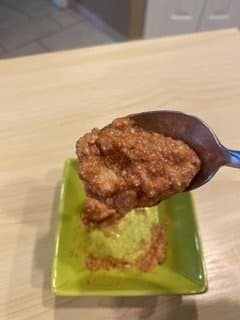
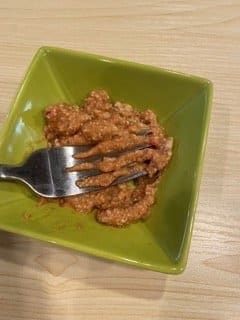
Level 4: Pureed
Pureed foods need to be eaten with a spoon. Food should retain its shape if molded, however be able to slide off of a spoon.
Chewing is not required. Foods should not have lumps or be sticky (such as peanut butter). Liquids must not separate from solids.
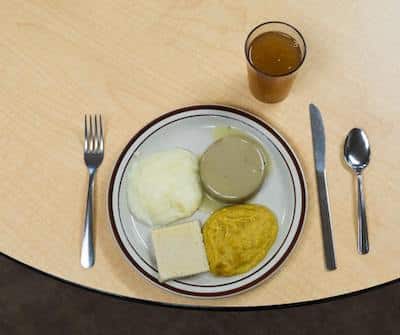
Level 4: Extremely Thick
Extremely thick liquids cannot be drunk from a cup or sucked through a straw. They are taken from a spoon and do not require any chewing.
They are used when tongue control is too poor for even moderately thick liquids. They should hold shape on the spoon, however slide off easily.
They have a smooth texture without lumps and should not be sticky.

Level 3: Liquidised
Liquidised foods are used when the tongue needs more time to hold and move foods. They can be drunk from a cup or eaten with a spoon.
No lumps or bits should be present. No chewing is required. It should drip through fork prongs or pour easily off of a spoon.
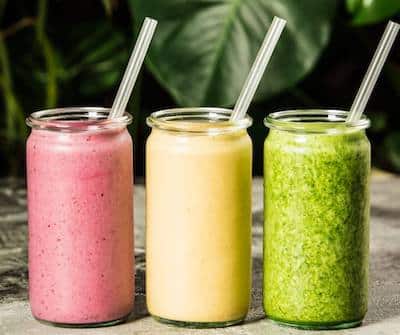
Level 3: Moderately Thick
Moderately thick drinks allow the tongue more time to move the fluids. They are utilized when the tongue cannot manage thinner fluids safely.
They are best consumed from a cup or with a spoon, however could be drunk through a wide straw with some effort.
They should be smooth without lumps or fibers. Thickener can be used to make thin liquids to a moderately thick level.

Level 2: Mildly Thick
Mildly thick fluids flow off of a spoon easily, but slower than thin fluids. They are sippable from a straw with some effort.
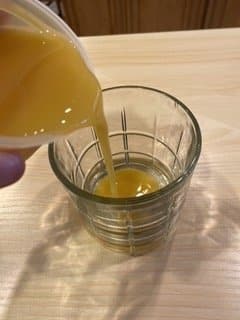
Level 1: Slightly Thick
Slightly thick drinks flow somewhat slower than thin drinks from a cup or straw.
Some fluids may be naturally slightly thick, such as fruit nectar. Others would need to be bought pre-thickened or thickened to slightly thick consistency.
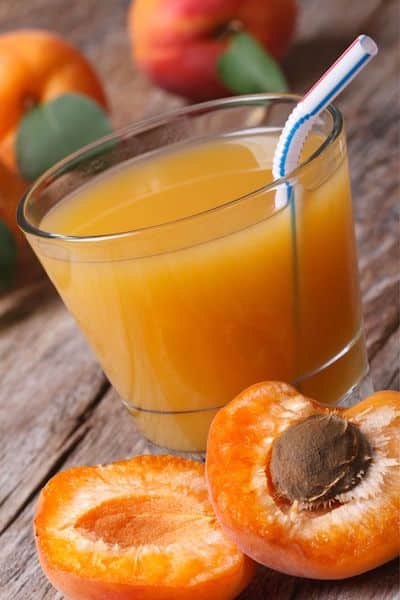
Level 0: Thin
These are drinks of “regular texture.” They flow quickly from a cup or through a straw. This includes anything liquid at room temperate, like ice cream and jello.
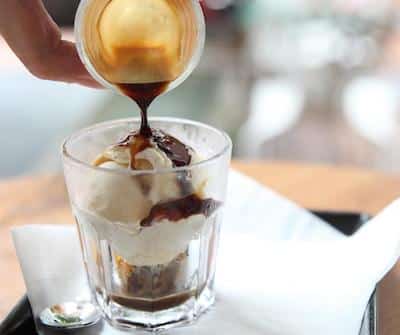
Testing Methods
Various testing methods were used when determining the IDDSI diet levels (1, 2). Below is a brief description of each test and further information can be found at the IDDSI website.
IDDSI Flow Test
The IDDSI Flow Test is the drink testing method. Drinks are classified based on gravity flow using a 10 mL syringe.

Fork Drip Test
The Fork Drip Test checks for proper texture of IDDSI levels 3-5 by seeing how well they move through the prongs of a fork.

The Spoon Tilt Test
The Spoon Tilt Test checks how sticky the food is and how much it holds together when tipped on a spoon.

The Fork/Spoon Pressure Test
The Fork and Spoon Pressure Test checks how hard foods are by pressing the bottom of a fork or back of spoon onto foods levels 4 to 7.
The Chopstick Test
Chopsticks can be utilized to evaluate texture if forks and spoons are not available, particularly in cultures where chopsticks are primary utensils.
The Finger Test
Silverware may not be accessible in all areas of the world, so The Finger Test can be used in these cases. Use your fingers in a similar way as the utensils described in the tests above.
Pros Vs. Cons of IDDSI
Like everything, there are pros and cons to the IDDSI framework.
Pros
- Ability of offer a wider range of food/fluids options
- Continuity of care across healthcare settings
- Provides universal definitions for altered textures
- Decreased patient and caregiver confusion of texture modified diet names across care facilities
Cons
- Accessibility of testing equipment
- Insufficient staff
- Lack of knowledge of proper testing procedures
- Additional time need for food preparation
Practical Takeaways
IDDSI creates global terminology and definitions for modified texture foods and fluids. This can decrease confusion for patients and caregivers when transferring across healthcare facilities.
The seven levels of IDDSI can offer a wider variety of safe food and fluid choices to those with dysphagia. This can improve nutritional status and quality of life.
While IDDSI has many benefits, it is not without its barriers. This is especially true in healthcare settings where staffing challenges are prevalent.
Amazon has most of your necessities to provide IDDSI appropriate diets. In my personal opinion, the most palatable thickener is from Simply Thick.
Grinding and pureeing food cannot be done any easier than using this Ninja Blender bundle from Amazon. It comes with everything you need for altering small or large portions.
*This article contains affiliate links. I may earn a commission from qualifying purchases at no extra cost to you.
Learn more about dysphagia nutrition here: Dysphagia Diet The Basics, Dysphagia Foods to Avoid, Thickened Liquids.
